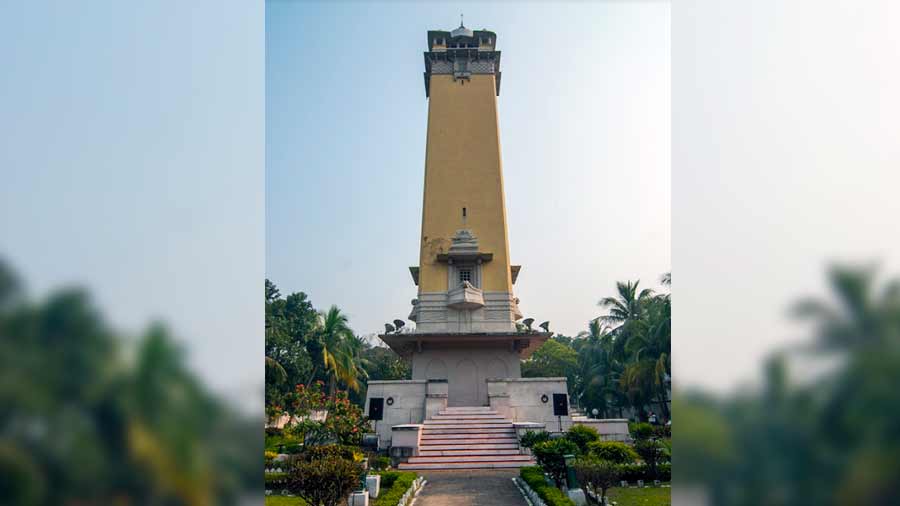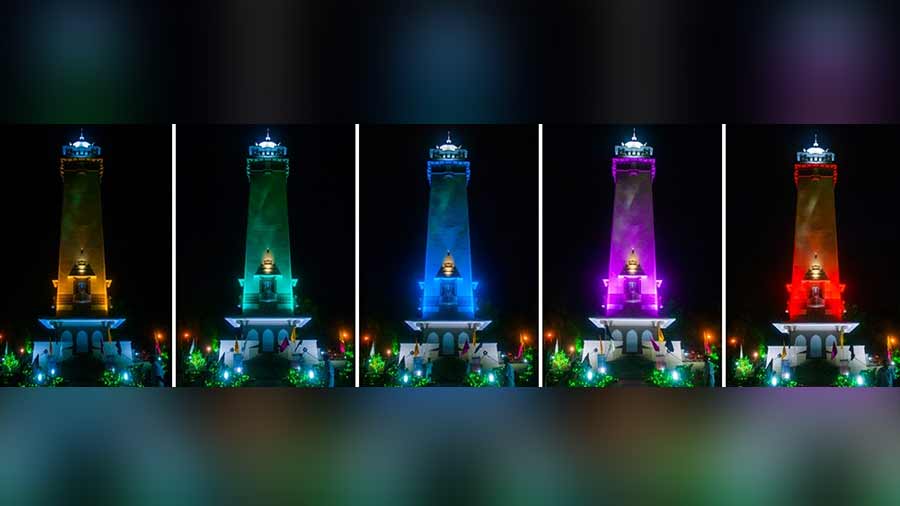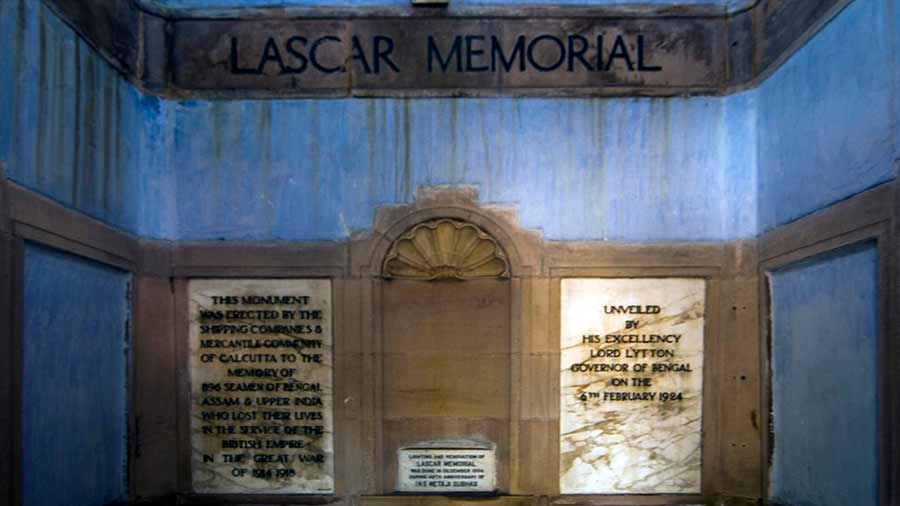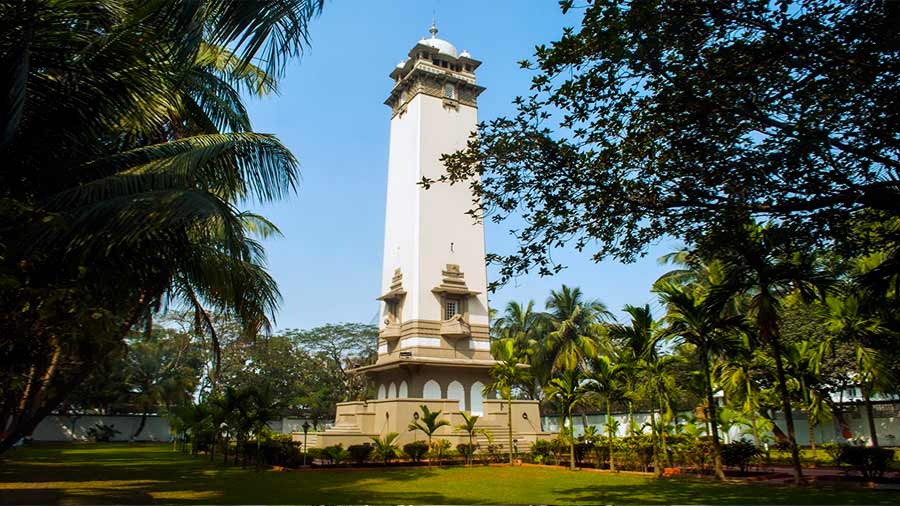If you are heading for the Vidyasagar Setu from the Kolkata side, keep an eye on the left just before the cables of the bridge start. You will notice a tower-like structure topped with a dome, and if it is in the evening, you are quite likely to see it illuminated. This is the Lascar War Memorial — dedicated to the 896 Lascars who died fighting for the British Navy during World War I. ‘Lascars’ is a Persian word referring to sailors or military men coming from the Indian Ocean rim, which starts from the Cape of Good Hope (in South Africa) in the west and stretches all the way to the Philippines in the east. They were employed on European ships from the 16th century until the middle of the 20th century.

The memorial was unveiled to the public by the then-governor of Bengal, Lord Lytton, on February 6, 1924 Rangan Datta
The best-selling author, Amitav Ghosh, mentions Lascars extensively in his famous Ibis trilogy. In the first book of the trilogy, Sea of Poppies, he writes, “He had thought that the Lascars were a tribe or nation, like the Cherokee or Sioux: he discovered now that they came from places that were far apart, and had nothing in common, except the Indian Ocean; among them were Chinese and East Africans, Arabs and Malays, Bengalis and Goans, Tamils and Arakanese.”

The balconies of Lascar War Memorial are aptly shaped like the bow of a ship Rangan Datta
During World War I, these brave seamen fought in different battles on oceans and seas across the world. Many of them give up their lives fighting for the king of another country. A decade after the end of the war, the British erected a beautiful memorial to honour the fallen Lascars of World War I.
Designed by William Ingram Keir, the Lascar War Memorial was unveiled to the public by the then-governor of Bengal, Lord Lytton, on February 6, 1924. It is located next to the Marine House in Napier Road in the Hastings area. The 100-ft high memorial, built in Indo-Mughal style, has prows of an ancient galley projecting from each side and is capped by four mini minarets and a large dome. Along the facade are undulating lines symbolising waves.

The memorial is lit up at night with changing colours Rangan Datta
After Independence, the memorial was practically forgotten about and lay in utter neglect. It was only in 1994, when Commodore B. K. Mohanti spotted it during his morning walk and was struck by its significance, did restoration work start. Further maintenance work was undertaken by Commodore Ravi Ahluwalia in the first decade of the new millennium.
Today, the memorial is maintained well. It is surrounded by a small patch of green, complete with flowerbeds and paved pathways. The memorial is lit up at night with changing colours. The memorial is open only in the morning for morning walkers.

Plaques inside the monument Rangan Datta
In recent years, the memorial complex has been used as a venue for several cultural events. It also serves as the venue for the naval concert, which generally coincides with the National Navy Day on December 4. This year, the concert was held on November 22.
Rangan Datta is a mathematics and management teacher by profession and a travel writer and photographer by passion. He has been addicted to discovering off-beat places since his undergraduate days at St. Xavier's College. Blogging and contributing to Wikipedia are his other passions.
